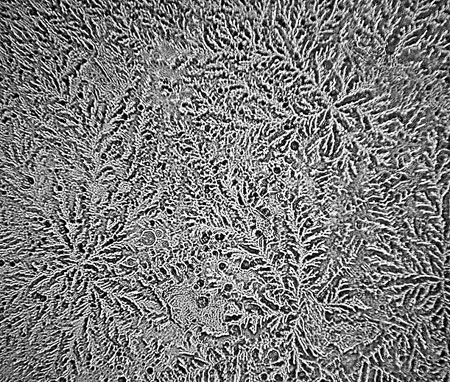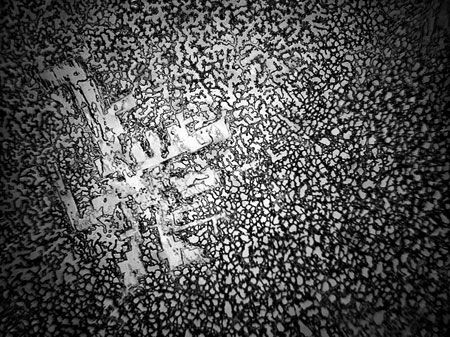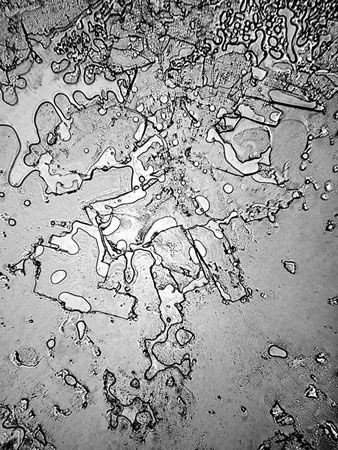Cry Me A River: Photographer Rose-Lynn Fisher Shows What Your Tears Look Like Under A Microscope

We humans sure do like to cry. We cry when we’re damaged or hurt, grateful or yearning, overjoyed or simply overwhelmed. Composing the tears that stream down our faces is a constellation of proteins, enzymes, antibodies, minerals, and hormones.
These delicate mixtures each make up a unique chemistry to our tears. And it’s a chemistry photographer Rose-Lynn Fisher sought to capture in her recent collection, The Topography of Tears. Fisher compiled 100 different tears under a standard light microscope and photographed each one to offer a slice of humanity that, to the naked eye, rolls out anonymously. These include tears of grief, laughter, the tears from cutting an onion, and tears of change, among many more.
The Many Faces of Tears
Fisher’s work highlights an important part of crying, namely, that we don’t always do it for the same reason. In fact, our bodies produce three main types of tears: basal tears, reflex tears, and psychic tears.
In mammals, basal tears are what keep the cornea nourished and the rest of the eye dust- and dirt-free. In any given day, your body will secrete roughly a gram of tears for no other purpose than to keep your eyes healthy. (Basal tears are simultaneously the most important and most boring type of tears.) Then there are reflex tears, which, like their name implies, release when the eye gets irritated. A classic example of reflex tears are those you cry when chopping an onion.

Reflex tears are meant to cleanse the eye of whatever foreign presence has worked its way in. They help flush the eye and stimulate a number of processes along the way, one of which is the nasal mucosa. (Now you know why you have that runny nose every time you get pepper sprayed.)
And the last type, psychic tears, which (unfortunately) bear the least resemblance to their name, deal with emotional crying. These make up the bulk of Fisher’s project. Psychic tears differ from basal and reflex tears in that their chemical makeup contains more of the protein-based hormones prolactin, adrenocorticotropic hormone, and leucine encephalin — a natural painkiller.
The Topography of Tears
Whatever the reason for our tears, Fisher explains on her website, we accept them as one of the most primal displays of human expression. “Wordless and spontaneous, they release us to the possibility of realignment, reunion, catharsis: shedding tears, shedding skin,” she writes. “It’s as though each one of our tears carries a microcosm of the collective human experience, like one drop of an ocean.”
While the photographs Fisher presents may have less to do with chemical composition and more with how the slides are mounted once they’ve dried, the project offers an extraordinary take on an otherwise mundane human response.




You can view more images selected from The Topography of Tears here, along with Rose-Lynn Fisher’s prior work.
Published by Medicaldaily.com



























